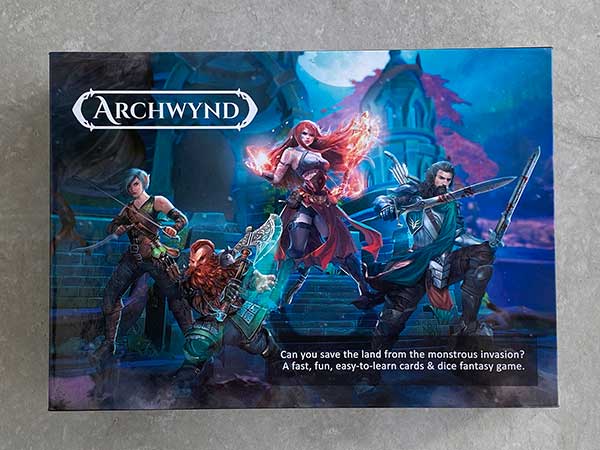Asymmetric card games represent a bold and innovative frontier in the world of game design, inviting players into a realm where unique abilities, diverse strategies, and individualized tactics reign supreme. This article delves into the essence of asymmetric card games, their allure, the types of players they attract, and how they stand in contrast to their symmetrical counterparts. By providing examples of both asymmetric and symmetrical games, we aim to offer a comprehensive understanding of this evolving landscape.
What Are Asymmetric Card Games?
Asymmetric card games are characterized by a gameplay structure where, although all players adhere to a core set of rules, they possess distinct abilities or conditions that differentiate their play experience from one another. This asymmetry can manifest in various forms, such as unique decks, characters with special powers, or specific goals that vary from player to player. The key element is that these differences are built into the game’s design, creating a rich tapestry of strategic depth and interaction.
The Appeal of Asymmetric Card Games
The appeal of asymmetric card games lies in their ability to offer a personalized and varied gameplay experience. Players can explore different strategies and tactics based on their unique abilities, leading to a game that feels fresh and engaging with each playthrough. This variability encourages creativity, strategic thinking, and adaptability, as players must not only master their own capabilities but also anticipate and counteract the strategies of their opponents.
Types of Players Attracted to Asymmetric Card Games
Asymmetric card games appeal to a wide array of players, particularly those who enjoy deep strategic gameplay, storytelling, and role-playing elements. These games attract:
- Strategic thinkers: Players who relish the challenge of devising and executing complex strategies tailored to their unique abilities.
- Creative players: Individuals who enjoy exploring different character roles and the narrative possibilities within the game.
- Competitive gamers: Players who seek a dynamic competitive environment where understanding and outmaneuvering opponents are crucial to victory.
- Social gamers: Those who appreciate the interaction and negotiation aspects that arise from the diverse play styles and objectives of each player.
Asymmetric vs. Symmetrical Card and Board Games
In contrast to asymmetric games, symmetrical card and board games ensure that all players begin with the same conditions: identical decks, characters, and objectives. This symmetry focuses competition on player skill and strategy within a uniform framework, offering a different type of challenge and appeal.
Examples of Asymmetric Card Games:
- Netrunner: A cyberpunk-themed card game where one player assumes the role of a corporation and the other a hacker, each with distinct decks and win conditions. For more information, try the Board Game Geek website.
- Root: Though primarily a board game, Root incorporates card game elements and features multiple factions vying for control of a woodland realm, each with unique strategies and abilities. For more information, try the Board Game Geek website.
- Archwynd: A fantasy cards and dice game where players assume the role of adventurers tasked by the King to rid the realm of a monstrous invasion. Archwynd is based on the mechanics of Dungeons & Dragons, Pathfinder, and other fantasy role playing games — but without the need for a dungeon master or any preparation. Check out the Archwynd website for more information.
- Magic: The Gathering: MTG is a hybrid of asymetric and symmetric game play. As a collectible card game, players can build unique decks that may be different from other players; however, the foundational rules and objectives remain consistent across gameplay, emphasizing strategic deck building and play within a shared framework. Check out Magic: The Gathering Website for more information.
Examples of Symmetrical Games:
- Exploding Kittens: As a symmetrical game, players draw from a common, central card deck, and start the game with no special abilities that differentiate from any other player. For more information check out the Exploding Kittens website.
- Chess: The epitome of symmetrical gameplay, where both players have the same pieces with the same moves available, differing only in strategy. Check out the Official U.S. Chess Federation website.
Conclusion
Asymmetric card games offer a dynamic and enriching addition to the landscape of game design, captivating players with their depth, variety, and strategic complexity. By fostering unique play experiences and encouraging strategic diversity, these games have carved a niche that appeals to a broad spectrum of gamers. As the gaming industry continues to evolve, the exploration of asymmetric design principles promises to unlock new realms of creativity and engagement, ensuring that the world of gaming remains as vibrant and diverse as the players it serves.

